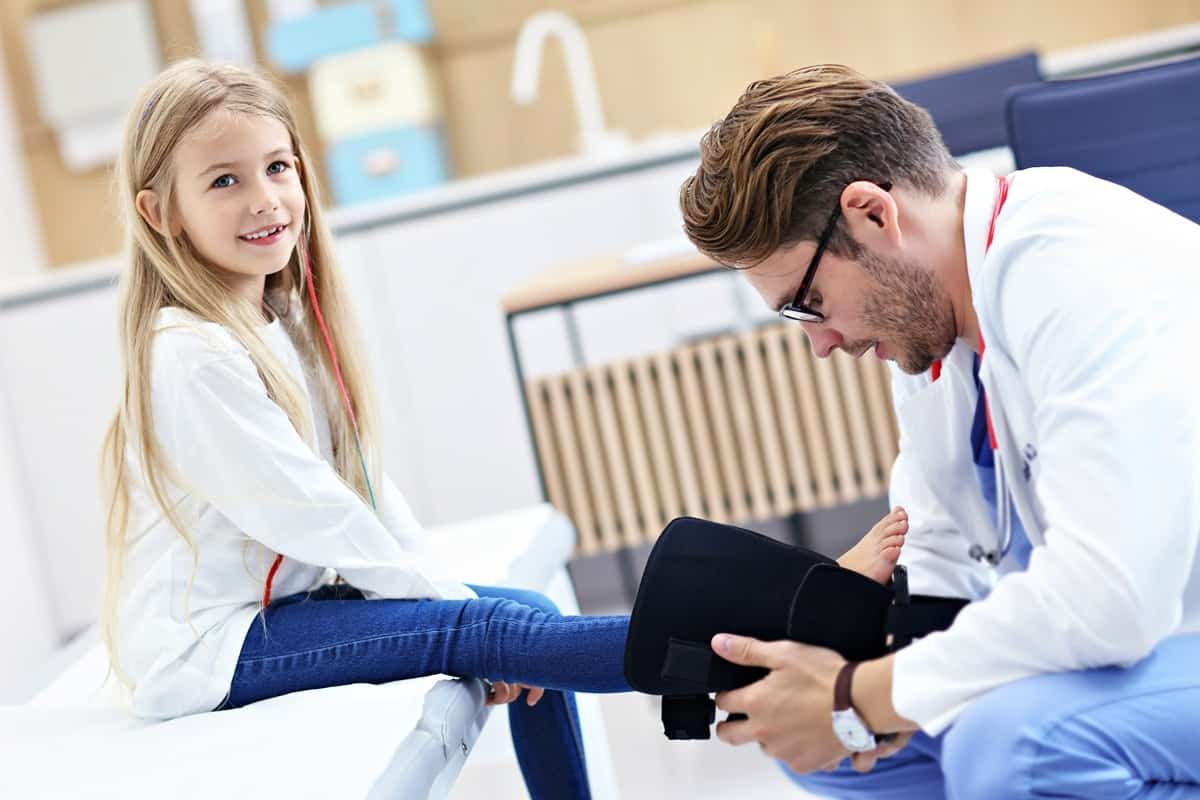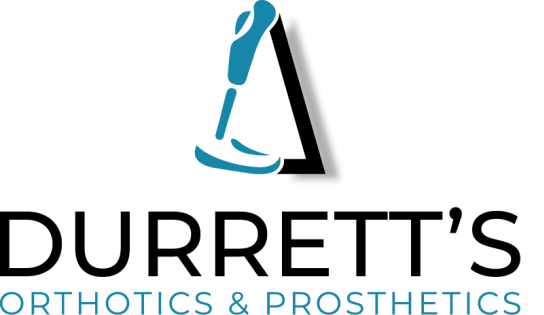Pediatric orthoses are devices that are specifically designed to support and assist children with movement and mobility. These devices come in various shapes and sizes, and they can be used to treat a wide range of conditions, including developmental delays, congenital disabilities, and acquired injuries. Without proper diagnosis, it can be hard to know if your child needs a pediatric orthosis. Consult with your primary care provider and our expert team at Durrett’s Orthotics. Together, we are a part of your medical team and are here to guide you through the world of pediatric orthoses.

Knowing the basics of pediatric orthoses can help you to feel more confident on this journey. The benefits of pediatric orthoses include improved limb function and increased independence. Whether you're a caregiver or healthcare professional, you'll gain valuable insights and information about these important tools for children's physical and emotional well-being.
Reasons to Use Pediatric Orthoses
Pediatric orthotics are useful for reducing pain, treating impairments, and preventing current medical conditions from progressing too rapidly. Orthoses can treat various conditions, including spasticity, joint hyperextension, adolescent scoliosis, and other neuromuscular disease. Depending on the child’s need, an orthotic device can limit movement, increase range of motion, help strengthen muscles and promote improved function overall.
Common Orthoses
An ankle foot orthosis (AFO) is one of the most regularly prescribed orthotic devices. An AFO limits movement in the lower leg and foot and supports weak muscles to improve walking patterns. This type of orthosis is also used to keep joints aligned and reduce spasticity.
The dynamic ankle foot orthosis (DAFO) is very similar to a traditional AFO but is more flexible and maintains improved alignment. The DAFO design allows kids to enjoy a wider range of movement while lessening the risk of injury.
Many children are fitted with a supra malleolar orthosis (SMO) to treat the symptoms associated with flat feet, including pain and compromised balance. The SMO helps to support the arch of the foot and maintain a vertical heel position.
Prevalent Pediatric Orthopedic Concerns
Children grow quickly, and their limbs and muscles evolve as this rapid growth occurs. Many issues seen in very young children will resolve without medical intervention, but it’s best to address any concerns you have with your child’s pediatrician.
Flat feet are one of the most frequently diagnosed orthopedic ailments because all babies are born with flat feet. The arch of the foot develops with time, but some kids experience delayed development in this area. If you notice your child’s ankles turning inward, they likely have an underdeveloped arch. The good news is that flat feet generally don’t require substantial treatment unless the condition is causing pain.
Parents are also often concerned by their children walking on tip toe. However, this is common in toddlers who are just learning to walk, and usually disappears around the child’s third birthday. Children who continue to walk on tip toe after the age of three may have an underlying condition that is causing muscle weakness.
Contact Us
When your child needs an orthosis, you want care from experienced and compassionate professionals. Durrett’s Orthotics & Prosthetics is the area's leading supplier of custom orthoses and prosthetic devices for all ages.
Call us today or request an appointment online. We have two convenient office locations in Edgewood, KY, and Lawrenceburg, IN, and are happy to serve the areas of Erlanger, Florence, Covington, Fort Thomas, Union, Walton, Edgewood, Oakbrook, Taylorsport, Fort Mitchell, Hebron, Beaverlick, Burlington, Belleview, Independence, Newport, Verona, Elsmere, KY, and Cincinnati, OH.





